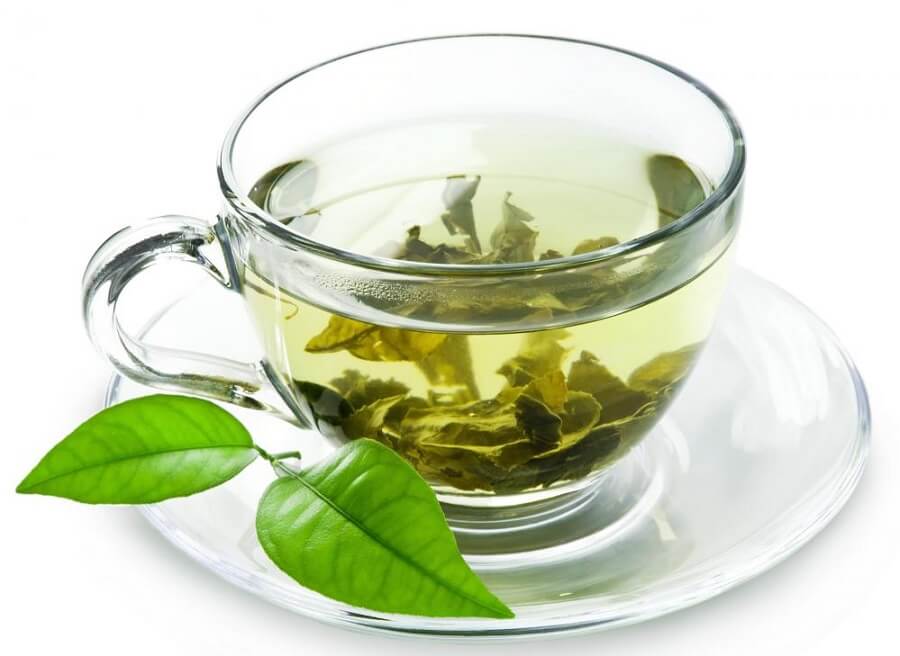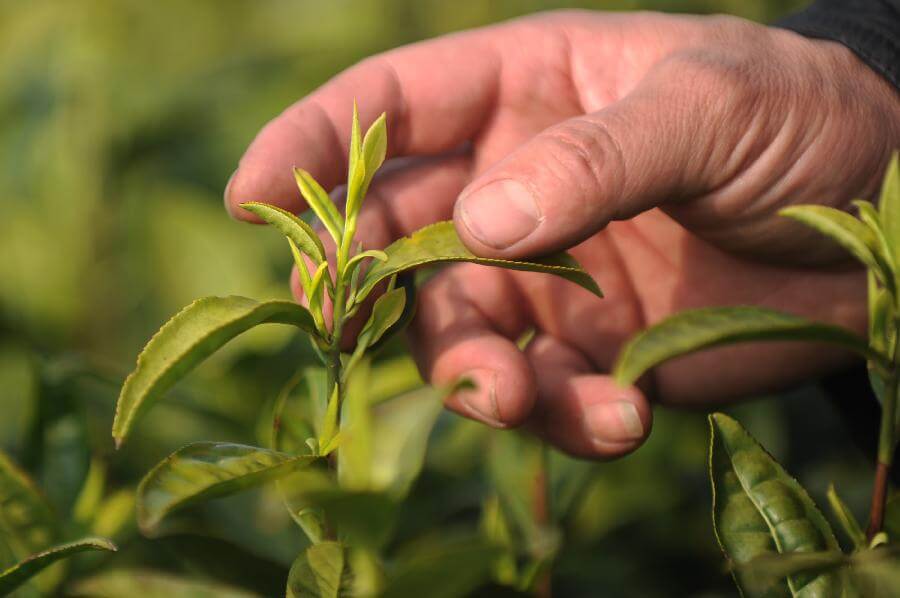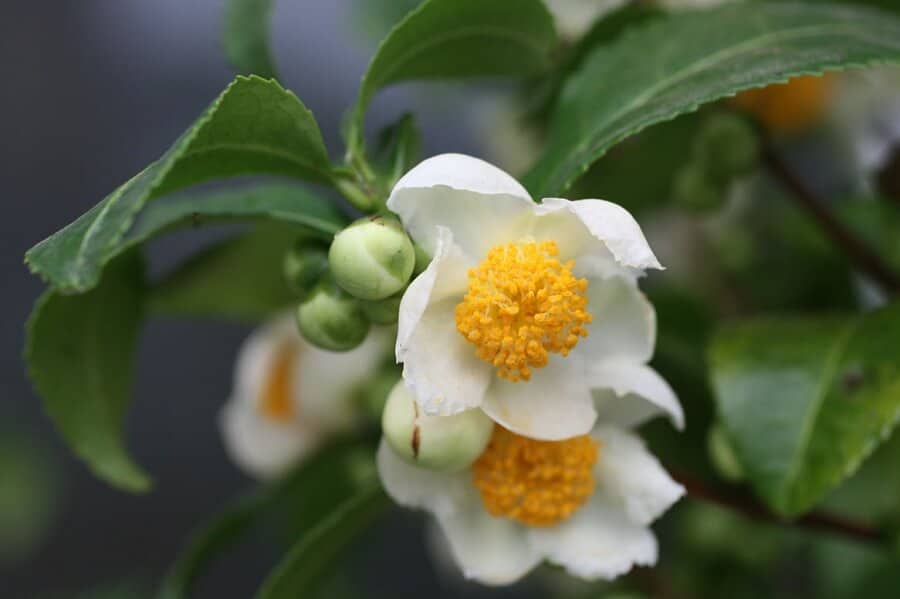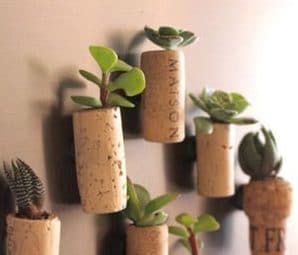Are you an avid tea consumer? Do you wish you could grow your own tea? Fortunately, you can combine your passion for tea with your passion for gardening and learn how to grow green tea in your garden. Most of the types of tea we drink come from just one plant, the Camellia sinensis. From the leaves of this plant, you can make green, black, white, and Oolong tea. Today, we’re going to take you through the steps of growing green tea and provide 4 tips that ensure a successful harvest.
How to Grow Green Tea in 4 Steps
Step 1: Choose the Right Plant
Even though there’s only one plant that makes genuine tea, the Camellia sinensis has two subspecies, the Camellia sinensis assamica and the Camellia sinensis sinensis. The former is a tall plant that grows in tropical locations and requires low elevation and moisture. The latter grows in cooler environments and it’s smaller.
Since you want to learn how to grow green tea at home, you should look for the sinensis sinensis variety. As we’ve already mentioned, the assamica one requires a tropical environment and won’t develop under different growing conditions. Sinensis can be grown through USDA zone 8 and in containers indoors or in greenhouses for people who live in a colder climate.
Step 2: Choose How You’re Going to Plant It
There are two ways of planting green tea. You can plant it from seed or use a cutting from an existing tea plant. Seed starting takes quite some time, so you shouldn’t expect fast results. The germination process lasts for more or less 4 weeks. The seeds have to be covered in soil and kept warm and damp. Moreover, if you’re thinking you will enjoy a cup of tea from your own harvest soon, we should mention this won’t be the case. In fact, you’re going to have to wait a couple of years until you can make your own tea. That’s because the plant won’t grow enough leaves in less than 3 years.
A cutting will make things faster, but not by much, because you still have to wait for it to develop. You have to nurture the cutting indoors for about a year before transplanting it in your garden. You can also try to find an already potted tea plant and simply keep it as such or transplant it as well. We recommend ordering one here.
Step 3: Care for the Tea Plant
In terms of the care the tea plant requires, the most important thing you must remember is that you should keep the soil moist, especially during drought periods. This means you’ll have to water the plant frequently. When watering, make sure you don’t pour any water over the leaves, since this can bring about a fungal infection. Mulching is also important, so we advise you to use a couple of inches of wood chips, bark, or some other kind of organic material. Every couple of months, you should also use a fertilizer. We recommend a 10 10 10 one (like the Lebanon Seaboard Corporation Green View) that you spread evenly around the plants.
Step 4: Harvest the Tea Leaves
When the leaves are ready to be harvested, which will be in the spring, you’ll notice new shoots. In order to make your tea, you’re going to have to pick these growths, the bud, and two of the smallest leaves you can find. Keep in mind that the more warmth you provide your tea plant with, the more shoots you’re going to get. If you’re concerned the weather won’t bring you a lot of shoots, you can always grow the plant in a greenhouse.
The growths you’ve just harvested are enough to make tea. The interesting thing to remember is that since this plant makes more than one type of tea, there’s a different process for each. Given the fact that today, we’re talking about how to grow green tea, we’ll mention the steps for this process.
First, you have to spread out the leaves you’ve harvested in a shaded area and keep them there for a couple of hours. Then, roast them in a dry skillet for a few minutes or steam them for a minute on the stove top. Use a baking sheet to dry the leaves in the oven for 20 minutes at 250 degrees. This will make the dried leaves fit for brewing or for storing in airtight containers.
4 Extra Tips for a Successful Green Tea Harvest
Now that we’ve taught you how to grow green tea in just 4 steps, it’s time to look at a couple of additional tips that will ensure the success of your harvest.
1. Choose the Perfect Location
The location is really important when you want to grow green tea. For instance, the tea plant can’t stand strong winds or extremely powerful afternoon sun. Which is why you have to find a sheltered place to grow it in. Dappled sunlight or partial shade would be ideal. The shade can come from nearby trees, as long as the tea plant isn’t too close to the tree. Remember that you should keep it at least 10 feet away from any other plant or structure.
Tea plants don’t grow properly even when they’re planted too close to other tea plants. If you’re going to grow more of them, plant them about 10 feet away from each other. Space is really important for the tea plant, especially since it can grow quite large. One last tip regarding the perfect area to grow green tea would be to avoid places that run the risk of getting flooded.
2. Beware of Pests
Unfortunately, the tea plant is prone to pests such as mites, aphids, and scale insects. These pests can interfere with the growth of the plant, as well as damage its leaves, which would lead to a poor harvest. Sometimes, if the pests are few and they haven’t damaged your plant that much, eliminating pests with a stream of water from a garden hose can be enough.
If that doesn’t help you get rid of them, you can try horticultural oil. In order to prepare the solution, mix up to 5 ounces of it with 1 gallon of water. Then, place the mix in a trigger sprayer and apply it to the plant’s canopy. Depending on how large your plant is, you might have to prepare more than one mixture. The solution isn’t good for your skin, so make sure you don’t touch it directly. Use protective gear and make sure no kids or pets get near the solution. If you end up accidentally touching it, contact a physician as soon as possible.
3. Use the Plant’s Flowers
An interesting thing about the tea plant is that it doesn’t only grow tea leaves, but also flowers. Most of the flowers are white, but they can also be slightly pink or even intense pink. Interestingly enough, the flowers bloom in fall. They’re quite small and they don’t necessarily serve a purpose, but that doesn’t mean you can’t use them for your tea.
They are good for enhancing the flavor of your tea. All you have to do is harvest them and put them to dry. Then, mix them with the tea leaves and you’ll enjoy an even more delicious cup of tea. Dried violet or rose petals also enhance the taste of green tea, so if you happen to grow these flowers at home, you might want to harvest some petals and dry them as well.
4. Grow Tea Plants Indoors
As we’ve already mentioned, you can learn how to grow green tea plants indoors as well. In fact, many people choose to do that, especially if they live in colder climates or don’t have a garden. When indoors, make sure to keep them moist by adding a layer of mulch on top of the soil. The best kind of soil for growing tea plants indoors is sandy.
If you’re going to keep the plants indoors, that doesn’t mean they’ll need a lot of warmth. They still require a relatively cool space. Light is also important. Make sure they get about 6 hours of natural light a day. If this is not possible, you could store the plants in a place that doesn’t get any heat and expose them to a grow light.
Summing Everything Up
Instead of purchasing green tea leaves from the store, you can grow your own by following today’s guide. As you can see, learning how to grow green tea isn’t at all difficult. In fact, the plant is quite low-maintenance. The only thing you need is patience since you’re only going to be able to enjoy green tea a couple of years after you’ve planted the seeds or cuttings.
Still, we believe it’s worth the wait, especially for someone who enjoys growing their own food and making their own beverages. If you’re still not convinced you should try to grow green tea at home, we recommend watching the video below detailing 10 health benefits of green tea.











